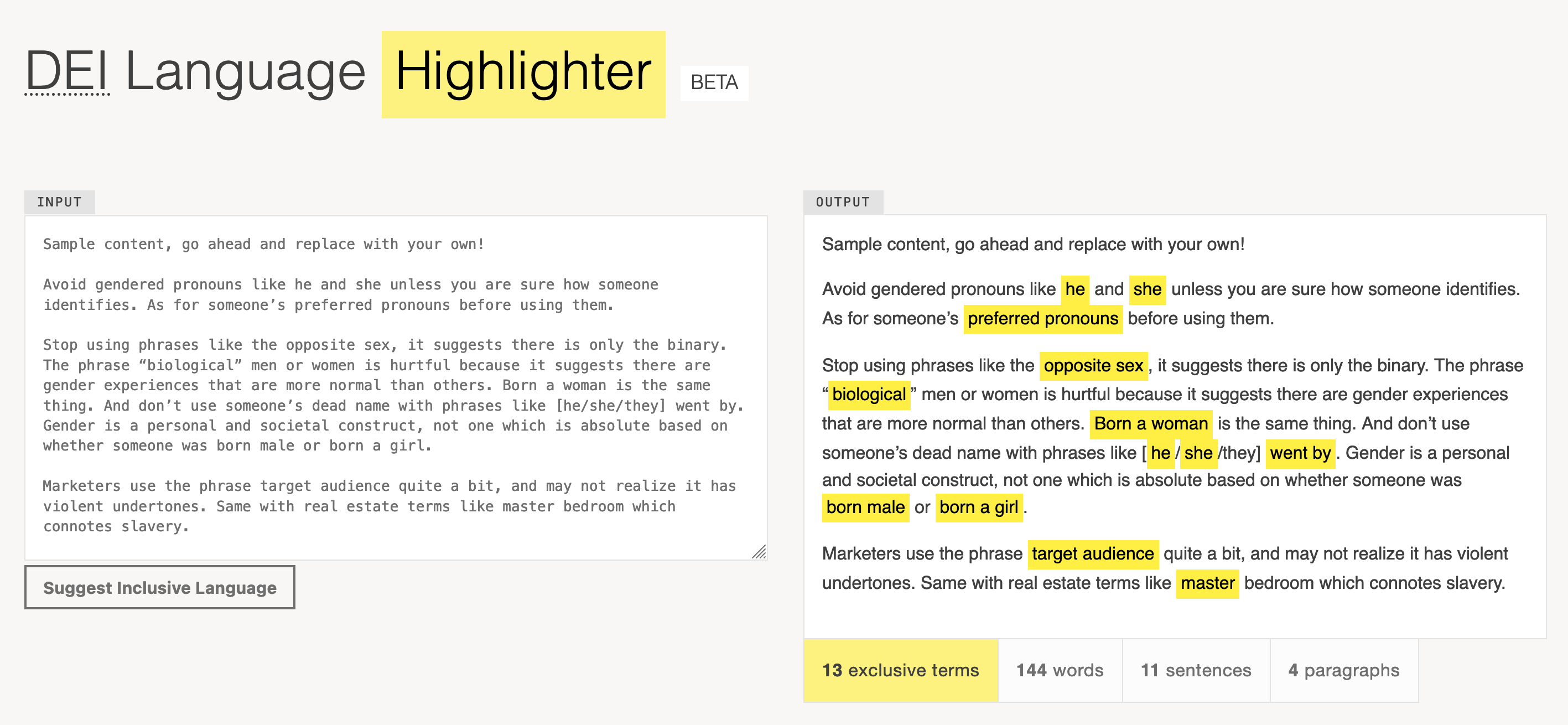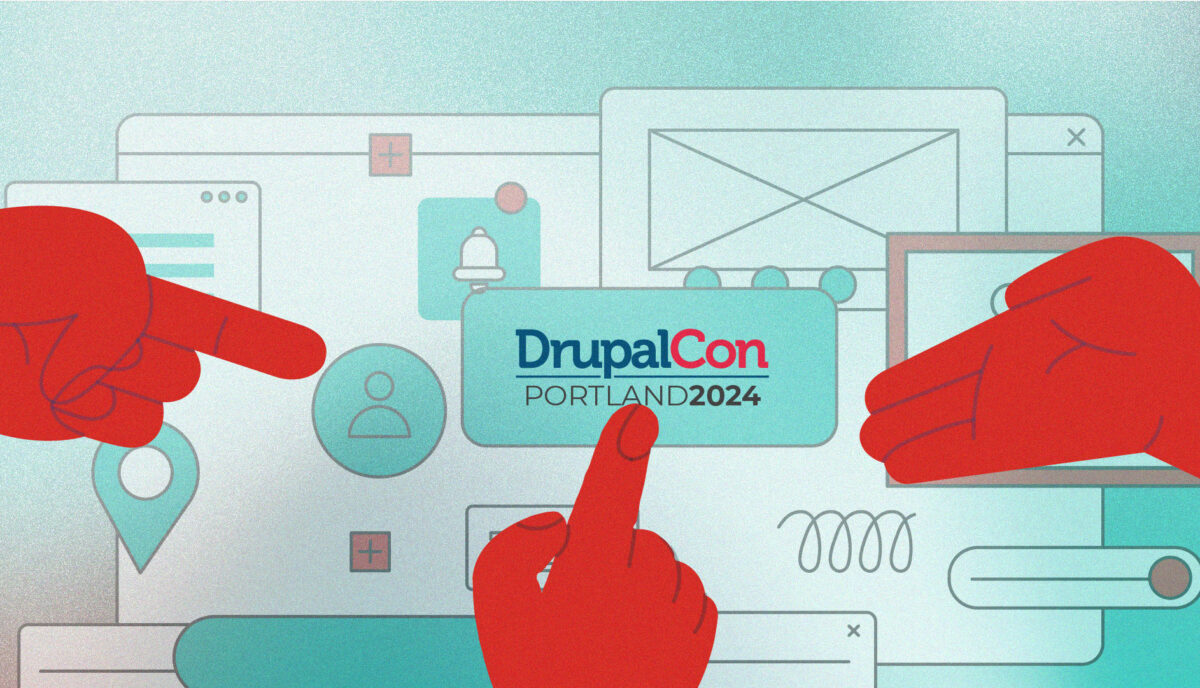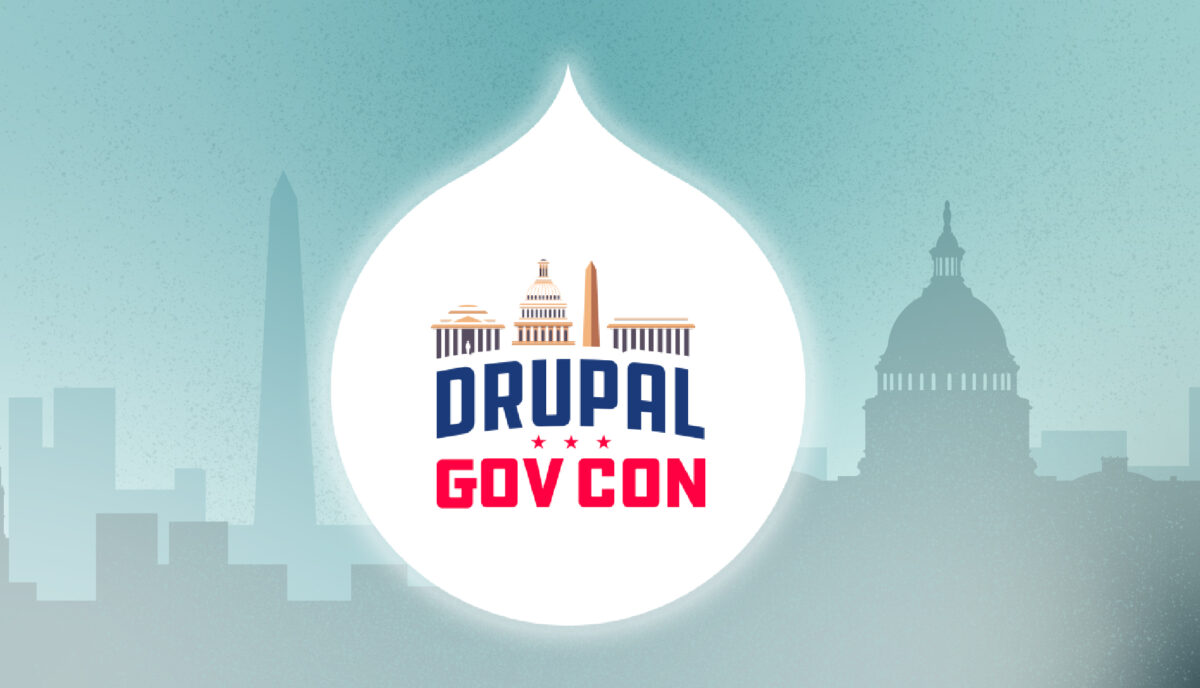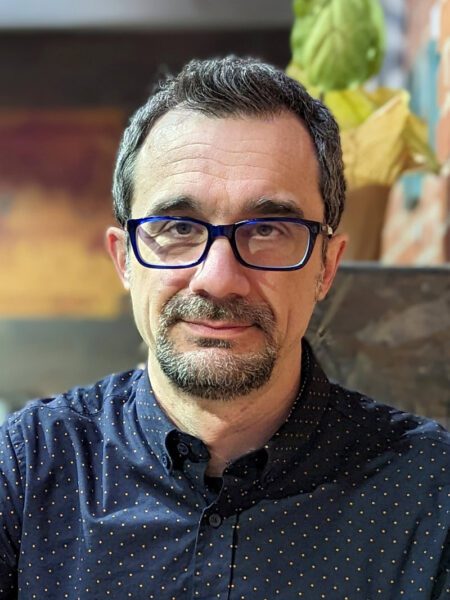Equity by Design with a new Inclusive Language Tool
Alot of people decided to “wake up” during the summer of 2020 and the pandemic. Wake up to the facts that were in front of us all along, but which, if they did not directly affect you, were easy to ignore. Wake up to the fact that BIPOC folks have been dealing with atrocities from micro-aggressions to outright murder for too long. The fact is, white privilege feels dirty and guilt-inducing because it should. Because it is a thing that exists and that some of us never asked for but we still have to own it and figure out how to turn it into allyship. It was a difficult few years for some of us to realize all of this, to internalize it, and to figure out how to help raise up those who have been living with it for their entire life.
In the wake of all of this thought and emotion and self reflection, a local design advocacy organization in Rhode Island wrote and was awarded a grant to make diversity, equity, and inclusion (DEI) training available to those that wanted it. DesignXRI created the EQUITYxDESIGN program and solicited the first cohort of fourteen design leaders to participate. In a small state like RI, fourteen people from business and academia can have a profound “spreading out” effect in a short amount of time.
The EQUITYxDESIGN program
Starting in May of 2022, we met once a week for two hours. The first meetings were informative and led by Mariama Kurbally, CEO of E2 EmpowerEd and former Learning and Education Director of Creative Reaction Lab. The conversations that came after the presentations were the most valuable, but they gave us the context that we needed to have more direct and real discussions. We used more intimate breakout rooms as well as larger group conversations. We even dealt with a micro-aggression in real time and discussed ways in which we can have those interactions without shutting a person down by responding with curiosity instead of matching with aggression.
Fourteen people from different disciplines created a focused but diverse group representing design teaching, interior design, landscape design, advertising, digital UX, media production (filmmaking and podcasting), and arts administration. Because we were a large group, but not too large, we bonded quickly. I can’t exactly pinpoint what made it a safe space for most people, and why we were all willing to open up so quickly with each other, but I was constantly impressed with the depth of the discussions.
Maybe it was because of Zoom — personal in that you were up close and seeing faces, but comfortable and safe because everyone was in their own environments. Or maybe it was because we were all ready to tackle these difficult topics and to hear from others who have had a very different experience from our own. Or maybe it was simply because, as designers, we approached this like a problem that we could solve right here, right now.
Personal equity projects
Inclusion in the cohort meant that a personal equity project was expected as an outcome. Projects could be very personal, and very small, but needed to represent a step towards broader DEI practices. A few took the opportunity to create a DEI policy for their company. Others thought about ways to create new DEI-based content or product offerings for their customers. Another examined their company’s hiring practices and explored ways in which to attract a more diverse pool of applicants. Another created a resource to source more diverse stock imagery for their design work.
At the end of the cohort, and as part of the annual Design Week RI celebration, the group presented their projects to curious attendees, family, and friends. We had an open discussion about what we learned about ourselves, our professional relationships, and those that took this journey with us.
My Project
I’m drawn to creating tools. Problem-solving for me often means creating a website or digital tool to showcase that information or to provide a useful service. ArtInRuins is my 20+ year personal project to document the changing architectural landscape in my city. AccessibleColor.design is an Oomph hackday project turned online tool to help designers evaluate their color palettes for accessibility. And so, for this project, an online tool was my natural path.

Introducing DEI-language.com
The idea of the tool was based on a few known helpers, namely Grammarly and Hemingway App. Both tools help writers, the former with grammar, punctuation, and writing style, and the latter with simplifying complex sentences. Grammarly can sit passively as a browser add-on and make suggestions to you in any window, while Hemingway is simpler and a writer needs to cut and paste the text they want suggestions on.
For simplicity, I took the approach of the latter tool. A writer cuts and pastes a passage of text into DEI-language.com, presses the submit button, and the tool will repeat that text with highlights over the words or phrases that deserve more thought. The purpose was not to automatically make substitutions for the writer, but to educate. So much of this work is about understanding the intent of the writing and the context of the phrases being used. Some phrases are problematic only in a certain context, so a simple search-and-replace tool would not pick up on the nuance of the language. The writer needs to work with the suggestions themselves, or ignore them if they are sure they are using the possibly problematic phrase with the right intentions.
To create a library of phrases to look for, I relied on many fantastic existing resources:
- DiversityStyleGuide.com — Built for journalists but full of useful phrases to be aware of
- NASAA-Arts’ Inclusive Language Guide — Lots of resources put together in one place for review
- LanguagePlease.org — Inclusive language resources for editorial guidance by Vox Media
- Brandeis Suggested Language List — A student-led project at the Prevention, Advocacy & Resource Center focused on violent language
- And The Odyssey Online’s blog post that got me started on framing some of this language
The Future of DEI-Language.com
Language is always evolving. This tool is a guide and a starting point for folks, and I hope it gets someone thinking more about the language they use and the stereotypes, racism, misogyny, and ableism it may perpetuate.
The library of phrases which it is based on is also a work in progress. I hope to get many suggestions for additions and hope to add new ones that I find along the way as I continue to research problematic language. The entire library is available in GitHub for anyone to read over.
Like many side projects, I expect to revisit this work from time to time to make updates and respond to questions or additions. I hope that people find the tool valuable as a low-barrier entry point into the world of language and why using people-first terms and phrases matters.
Oomph and Side Projects
I am very proud to work with an organization that supports opportunities for self-growth, both personally and professionally. Oomph was supportive of the time I spent during the EQUITYxDESIGN cohort meeting with the group and working on my project. I thank my colleagues greatly for their support.
Visit DEI-language.com and use the tool yourself. If you are comfortable making suggestions for new language or changes to existing terms, create an Issue on Github. If you have an issue to report but do not know how to use GitHub, send me an email.



